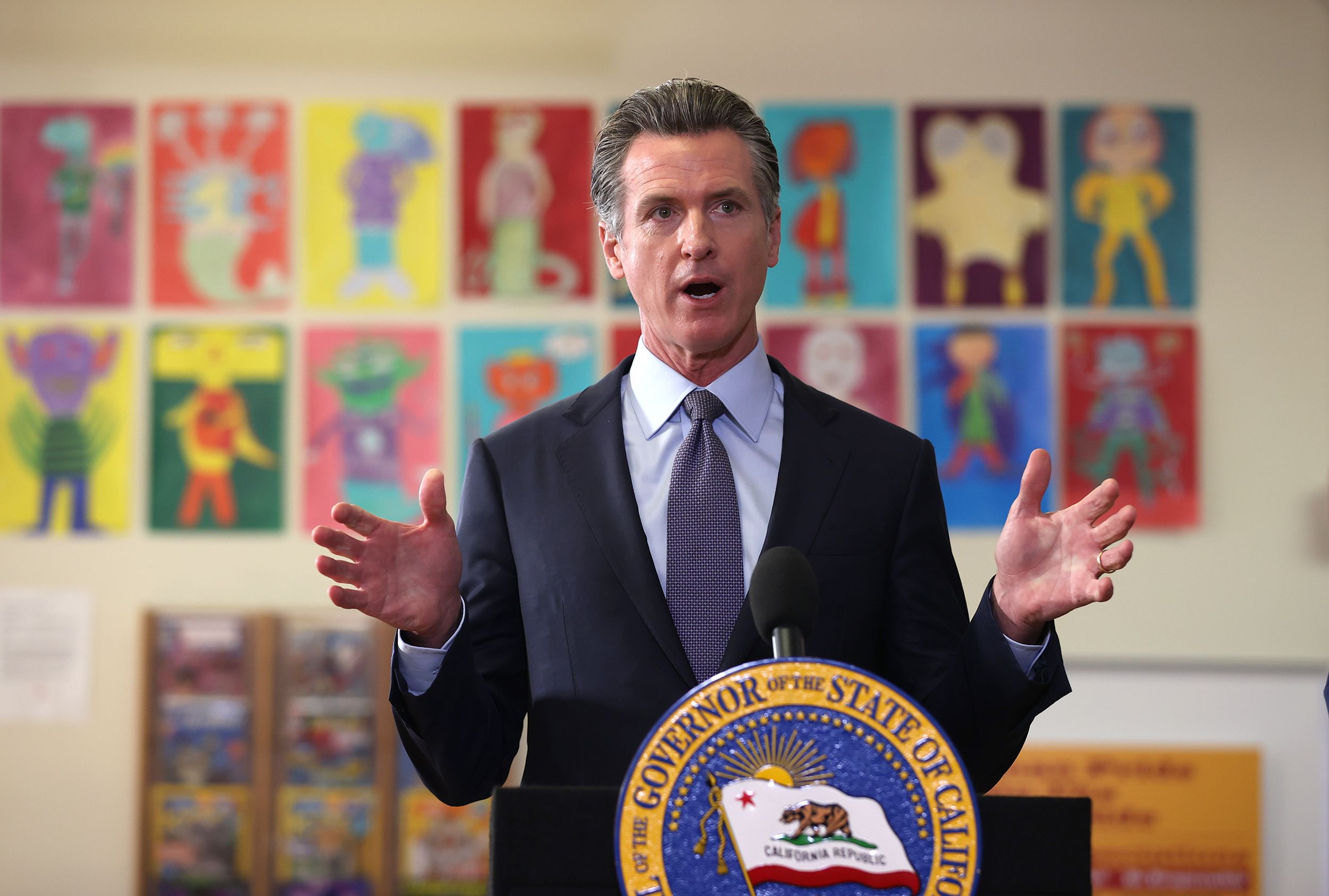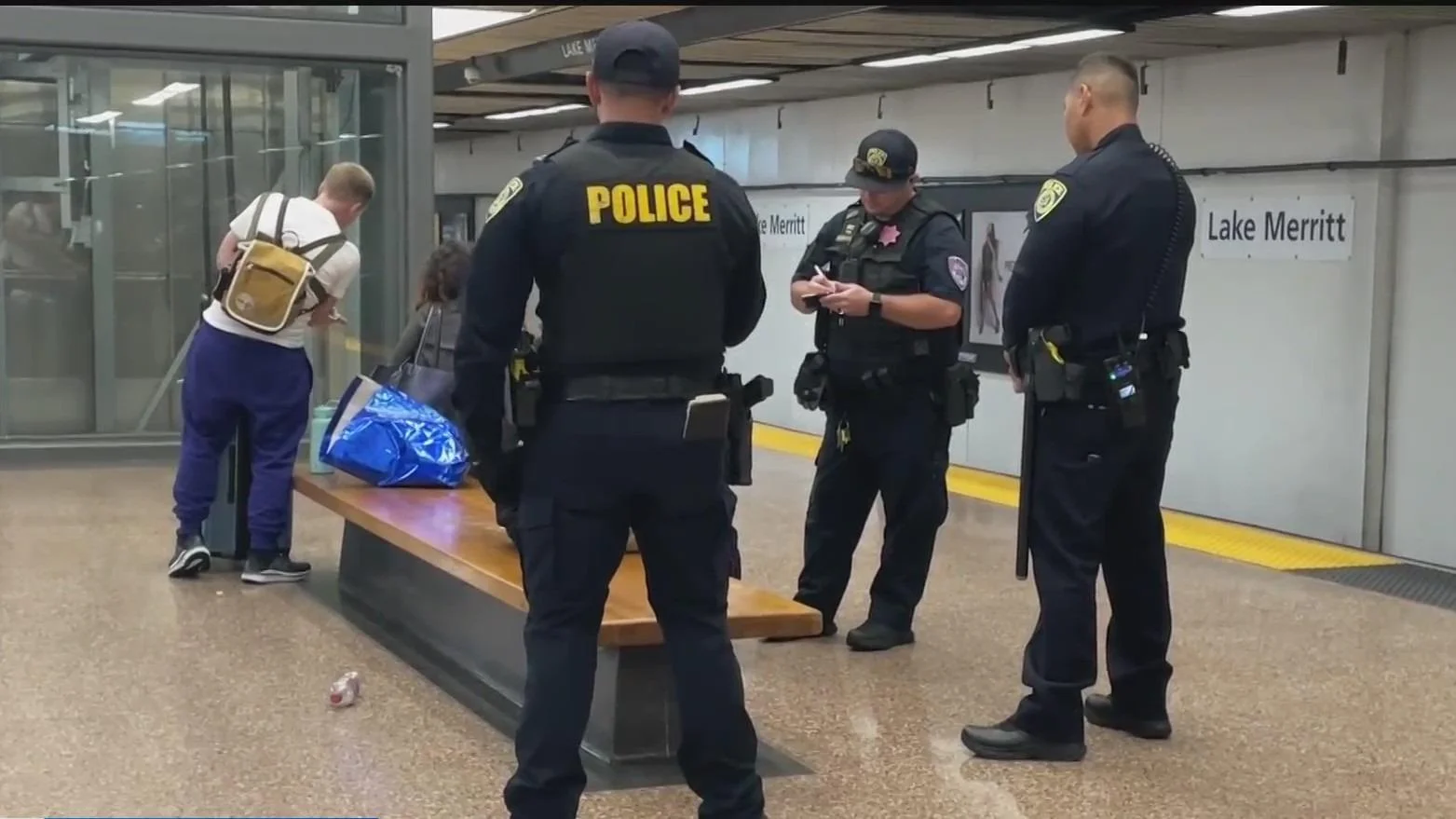BART"s Bold Transformation
The Bay Area Rapid Transit (BART) system is experiencing a remarkable revival, reporting a staggering 6.4% increase in total ridership during the third quarter of fiscal year 2025 compared to the same quarter last year. With weekday ridership up nearly seven percent and weekends witnessing an astonishing 14 percent increase on Saturdays, the agency is not just recovering from pandemic lows; it is thriving. This resurgence comes amid a focused effort to enhance safety, cleanliness, and overall rider satisfaction, challenging the narrative that public transportation is inherently unsafe.
Safety and Cleanliness Gains
According to BART, customer satisfaction has soared to 84%, with train cleanliness improving by a jaw-dropping 58% year-over-year. The agency attributes these gains to its Safe and Clean Plan, which emphasizes increased visible police presence and a commitment to maintaining clean trains and stations. BART’s Chief of Police, Kevin Franklin, claims that the transformation is palpable, stating, "Riding BART today is nothing like what it was during the pandemic." This optimistic rhetoric is backed by tangible results: overall crime decreased significantly, with reported robberies dropping from 42 to 21 and electronic thefts halving in the same time frame.

California Gov. Gavin Newsom tests positive for Covid-19 ...
Impacts of Enhanced Security Measures
The enhanced security measures are not just about numbers; they reflect a shift in how public spaces can be managed to prioritize the safety of all riders. The installation of next-generation fare gates has led to a remarkable decline in fare evasion, dropping from 24% to 15% over five quarters. These gates not only deter potential fare evaders with advanced locking mechanisms but also improve access for riders with disabilities and families with strollers. This focus on inclusivity aligns with broader social justice goals, making public transit more equitable for all. As reported by BART, riders are feeling more secure, with complaints regarding police-related issues tumbling by 63% year-over-year.
Community Engagement in Safety Initiatives
BART"s approach also emphasizes community engagement, with the agency actively seeking rider input through apps and posters aimed at reinforcing the Code of Conduct. Reports of behavioral issues have declined, with Code of Conduct violations decreasing from 3,166 to 2,398 compared to the same quarter last year. This community-oriented strategy builds trust, encouraging riders to report issues without fear of stigmatization or criminalization, a crucial factor especially for marginalized communities that often bear the brunt of aggressive policing strategies.

Crime, uncleanliness some of the factors BART riders say could be keeping people away
Environmental Justice and Public Transit
This resurgence in BART ridership is not just an isolated victory for public transit; it represents a crucial step towards environmental justice. Increased public transit usage correlates directly with reduced carbon emissions, aligning with climate action goals. As urban areas grapple with worsening climate impacts, supporting public transportation becomes essential for sustainable urban planning. According to the CDC, good transportation policies can significantly enhance public health and access, underscoring the critical role transit plays in achieving broader social and environmental objectives.
While BART"s improvements are commendable, they must be viewed within the larger context of systemic issues facing public transportation systems nationwide, particularly regarding funding, equity, and accessibility. As cities push for climate action, investing in reliable and safe public transit systems must be prioritized. BART’s positive trajectory serves as a model for other transit systems; however, it also raises questions about how these reforms can be replicated in areas where public transit is still struggling to gain traction.






![[Video] Ukrainian An-124 Cargo Plane Lands in Israel for Unspecified Load](/_next/image?url=%2Fapi%2Fimage%2Fthumbnails%2Fthumbnail-1764420658156-36b0b4-thumbnail.jpg&w=3840&q=75)
![[Video] Ukrainian Sea Baby Drones Disable Two Russian Tankers in Black Sea](/_next/image?url=%2Fapi%2Fimage%2Fthumbnails%2Fthumbnail-1764420086294-elzana-thumbnail.jpg&w=3840&q=75)
